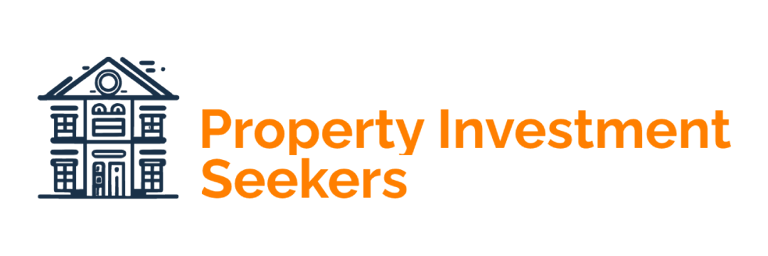Types of Property Investment: Free Property
Explore the different types of all money out properties available in the UK.
FUNDAMENTALS


Types of Property Investment: Free Property
Continuing from how to rent properties is it crucial to know how to acquire properties and pulling your money out of the investment essentially recycling your cash. Let's explore how you can get free properties and apply the way you can rent them out from the previous article.
In my opinion and experience, investors are looking in creating generational wealth for their childer and grandchildren to have an abundant life and that is what we are trying to help our Bespoke Investors achieve. On top of that, property investing can also be lucrative in creating cashflow and wealth you can enjoy. Keep reading our article to find more.
What to look for
Before starting to look at properties and getting overwhelmed by all the beautiful properties, you need to understand the more beautiful property is the less value you can add to it. The added value is the most important factor if you want to get free properties.
The type of properties you can add a lot of value are distressed properties. Those properties can look like:
Unmorgigable - Structural Issues, Uninhabitable, Japanese Knotweed, Squatters
Modernisation
Negative Equity - Outstanding Mortgage is more than the property market value
Renting the property out to multiple tenants (HMOs)
Renting the property out as a short-term holiday let (service accommodation)
Renting the property out to other landlords (rent to rent)
Renting the property out as a long-term rental (buy to let)
BRRR Investing
If the added value and the discounted purchase price are lower than 75% of the new value.
BRRR stands for Buy, Refurbish, Rent, Refinance. This investment strategy involves purchasing a property that requires renovation or refurbishment, improving it to increase its value, renting it out, and then refinancing the property to release equity. This can be a profitable strategy, but it requires careful planning and execution to ensure that the renovation costs don't exceed the increase in value.
Flips
Flipping is a strategy that involves purchasing a property, improving it quickly, and then selling it for a profit. This can be a high-risk strategy, as the costs of the renovation work can quickly spiral out of control, reducing the potential profit. Flips are also subject to capital gains tax, which can eat into any profits made.
Lease Options
Lease options involve leasing a property from the owner with the option to buy the property at a later date. This can be a good strategy if you don't have the funds to purchase a property outright, but it does come with risks. If the property doesn't appreciate in value as much as you anticipated, you may end up paying more than the property is worth.
ROI for Different Investment Strategies
The return on investment (ROI) for different investment strategies can vary widely. As a rough guide, the ROI for the different investment strategies is as follows:
BRRR: 15-30%
Flips: 10-20%
Lease Options: Varies widely
It's important to remember that these figures are only rough estimates and that actual returns will depend on a range of factors, including the location of the property, the condition of the property, and the prevailing market conditions.
Conclusion
Investing in residential properties in the UK can be a profitable way to generate income, but it's important to choose the right investment strategy for your circumstances. By understanding the different types of properties available and the various ways to rent them out, you'll be better equipped to make informed investment decisions. Remember to do your research, crunch the numbers, and seek professional advice if necessary.
